What do Globally Competent Students Look Like?
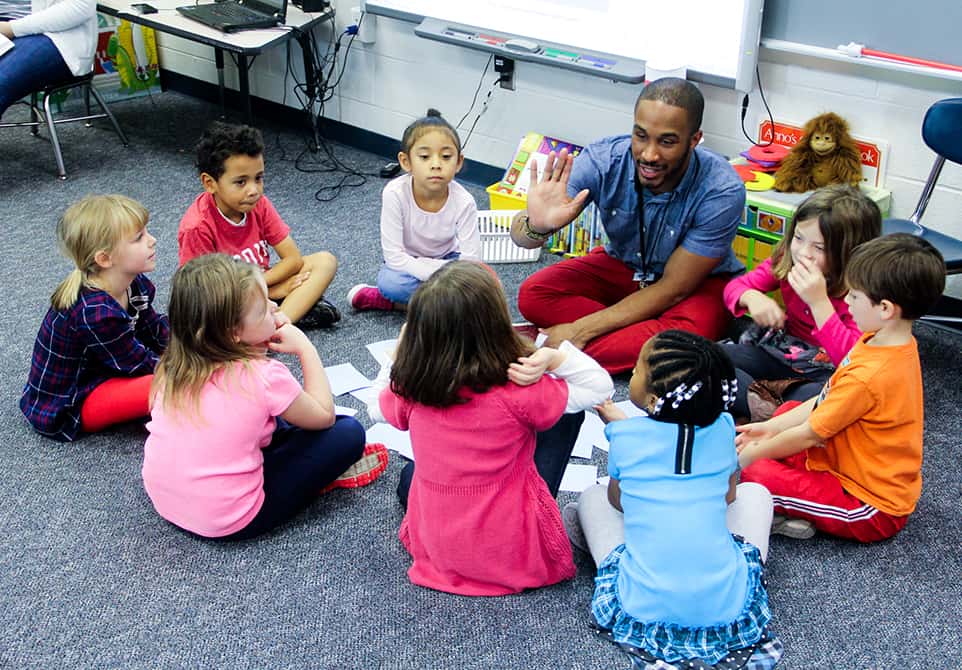
David Young, CEO, VIF International Education
All of our futures are increasingly linked to the challenges of the global community. The world’s population is predicted to grow from our current 7.3 billion to 8.5 billion in 2030 and to nearly 10 billion by 2050. Such population growth will affect a host of global issues including pollution, disease management, and depletion of energy, food and water resources.
For students to participate effectively in this changing world, they must understand it. The 21st century student will sell to the world, buy from the world, work for international companies, compete with people from other countries, manage employees from other cultures, collaborate with people all over the world, and solve global problems.
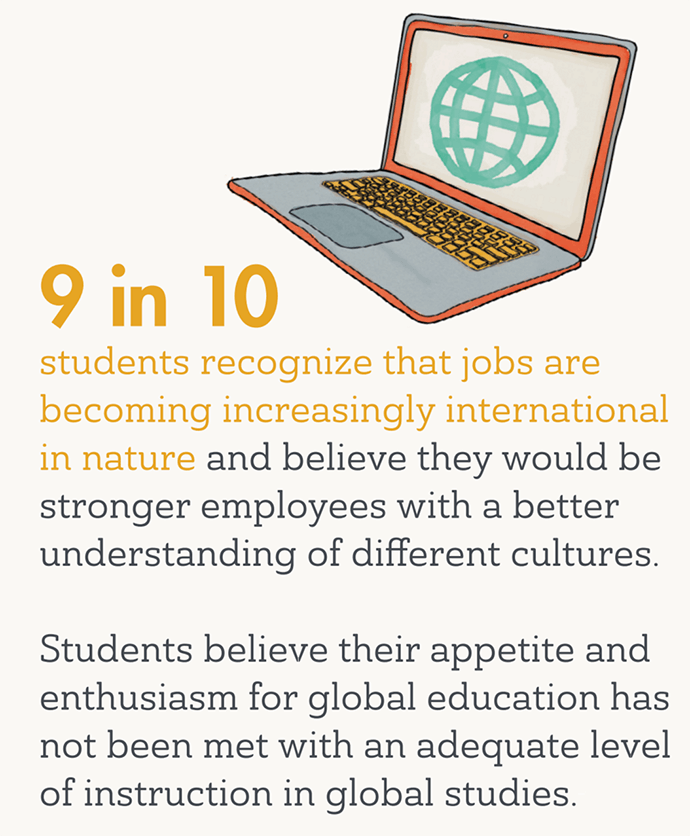 Via VIFLearn.com
Via VIFLearn.com
The mission of the United States Department of Education is “to promote student achievement and preparation for global competitiveness by fostering educational excellence and ensuring equal access.” Few would disagree that achievement, preparation, competitiveness, excellence and equal access are worthy aspirations for the educational systems serving students today. While specific definitions for those terms vary and strategies to achieve them are vast, there is a sustained expectation in the U.S. for elementary and secondary education to effectively prepare students to make their way through successive grade levels, college, jobs and the world in general.
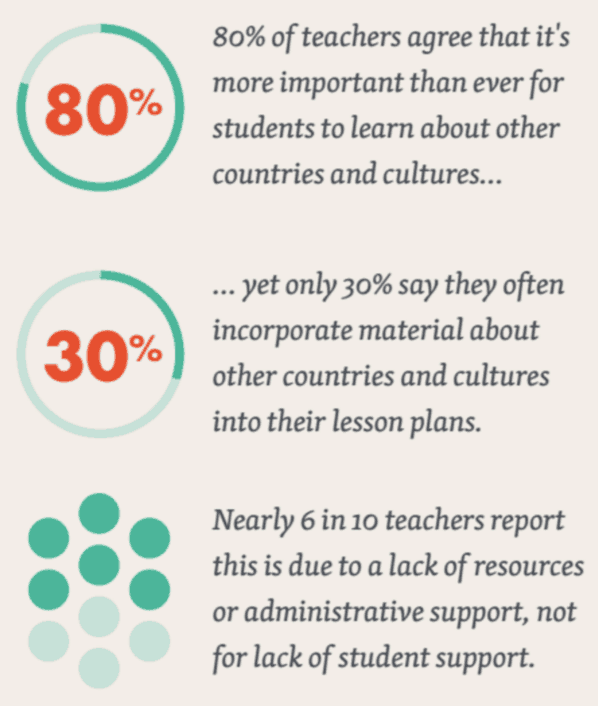 In education, global competitiveness can be characterized as the set of skills and factors that support individuals’ personal and professional productivity in their communities and in the world. Being globally competitive today requires developing global competence. Equipping students with specific hard skills to compete in a global job market is important, but cultivating their abilities to effectively share ideas and communicate across cultures in appropriate and respectful ways is critical.
In education, global competitiveness can be characterized as the set of skills and factors that support individuals’ personal and professional productivity in their communities and in the world. Being globally competitive today requires developing global competence. Equipping students with specific hard skills to compete in a global job market is important, but cultivating their abilities to effectively share ideas and communicate across cultures in appropriate and respectful ways is critical.
Existing and emerging K–12 educational efforts — including 1:1 technology initiatives and language, International Baccalaureate, STEAM, and cross-cultural exchange programs — promote students’ global competence. But, while these efforts are growing in popularity, they are still not available to a majority of students.
All students — regardless of where they live or their socioeconomic status and cultural backgrounds — are equally deserving of educational experiences that prepare them to be globally competent. So how do we as educators continuously create opportunities and deliver instruction that ensures global competence for all? One option is to provide students with instructional practices that consistently engage global content, multicultural perspectives and problem solving across subject areas.
A simple term for this is global education.
The most successful global education approaches recognize the attitudes, skills and knowledge students need to navigate, contribute to and flourish in the world — and they integrate activities that purposefully resolve opportunity gaps among students on a daily basis. In the following weeks, we will look closely at the characteristics of globally competent students and address how our K-12 education institutions can utilize global education practices to equitably prepare all students for success.
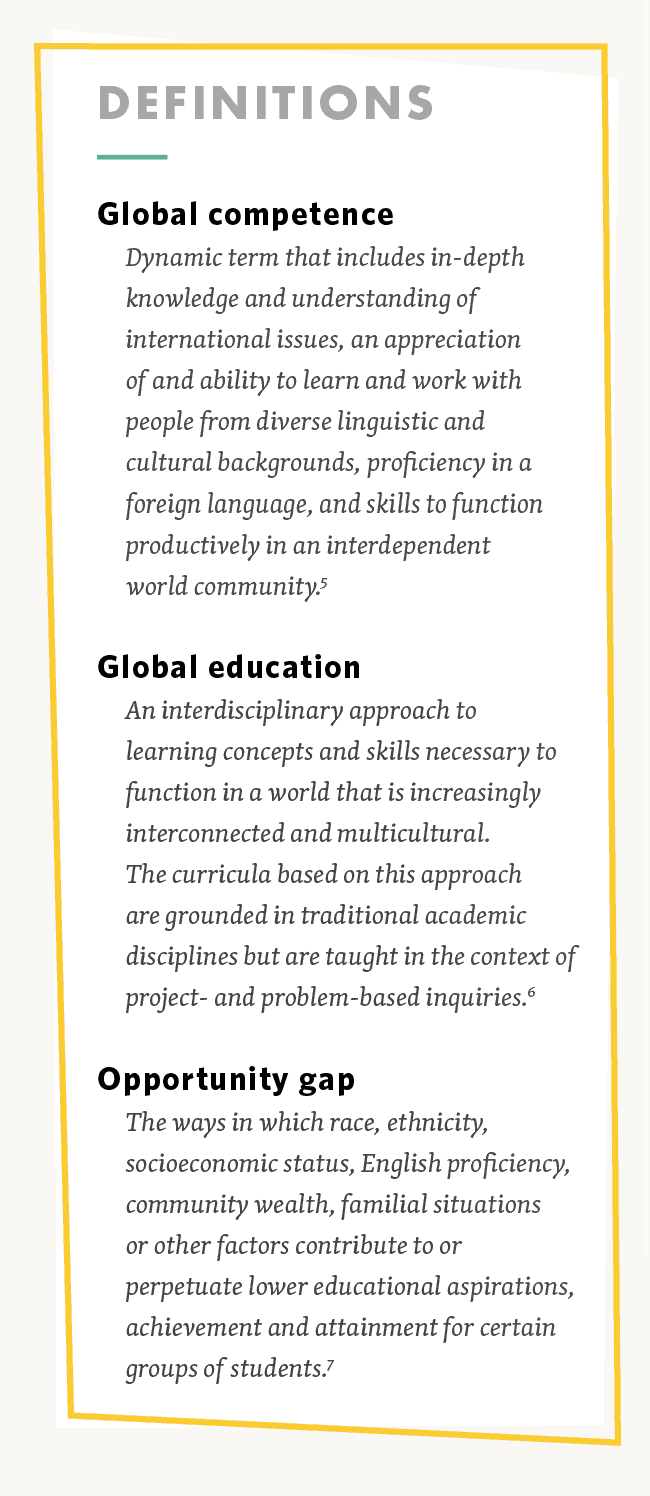
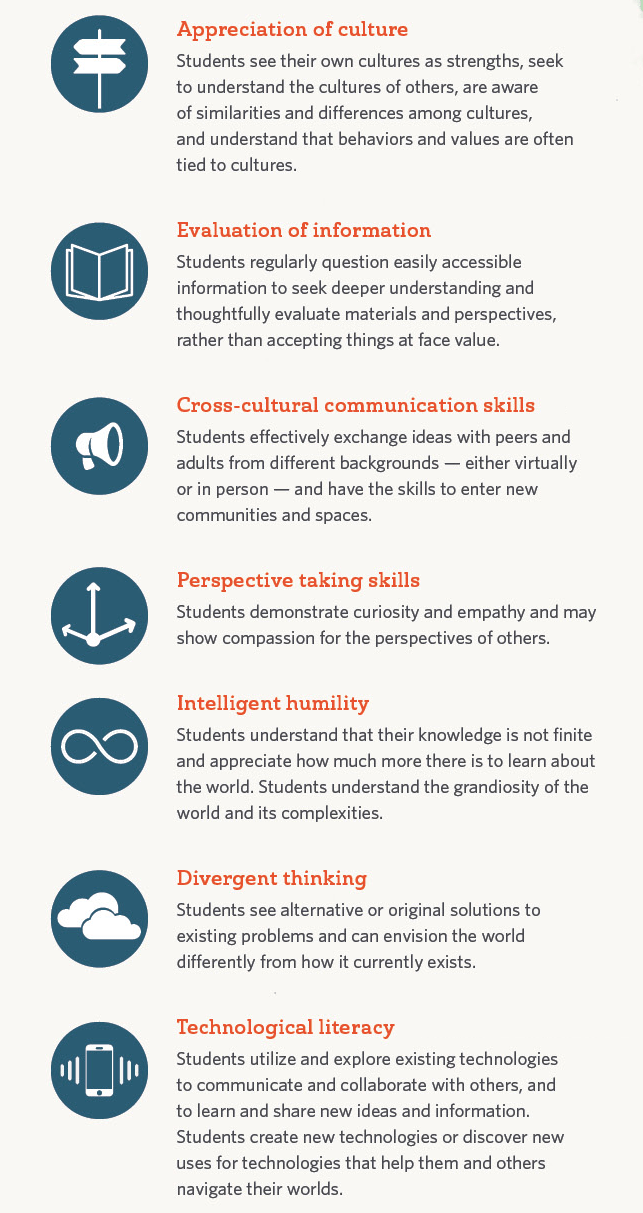 Via VIFLearn.com
Via VIFLearn.com
While the definition of global competence is dynamic, these soft skills and characteristics are widely seen as what students need to be globally competent today.
Appreciation of culture. Students see their own cultures as strengths, seek to understand the cultures of others, are aware of similarities and differences among cultures, and understand that behaviors and values are often tied to cultures.
Evaluation of information. Students regularly question easily accessible information to seek deeper understanding and thoughtfully evaluate materials and perspectives, rather than accepting things at face value.
Cross-cultural communication skills. Students effectively exchange ideas with peers and adults from different backgrounds — either virtually or in person — and have the skills to enter new communities and spaces.
Perspective taking skills. Students demonstrate curiosity and empathy and may show compassion for the perspectives of others.
Intelligent humility. Students understand that their knowledge is not nite and appreciate how much more there is to learn about the world. Students understand the grandiosity of the world and its complexities.
Divergent thinking. Students see alternative or original solutions to existing problems and can envision the world differently from how it currently exists.
Technological literacy. Students utilize and explore existing technologies to communicate and collaborate with others, and to learn and share new ideas and information. Students create new technologies or discover new uses for technologies that help them and others navigate their worlds.
This post is part of a blog series on global education and equitable preparation in the classroom produced in partnership with VIF International Education (@vifglobaled). Join the conversation on Twitter using #globaled. For more, check out Global Education and Equitable Preparation.
David Young is the CEO of VIF International Education. Follow David on Twitter, @dyvif.
Stay in-the-know with all things EdTech and innovations in learning by signing up to receive the weekly Smart Update. This post includes mentions of a Getting Smart partner. For a full list of partners, affiliate organizations and all other disclosures please see our Partner page.


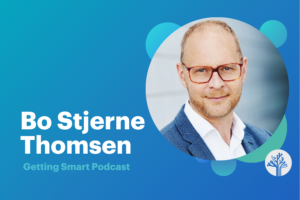



S
Education from this teacher's perspective is still very much a self-contained enterprise in that each country and jurisdiction wants to call its own shots. Many teachers possess a "us vs. them" mentality that yields negative criticisms of other education systems. The onus should also be on the teachers to become global--not just students. The soft skills mentioned should also apply to teachers. For instance, if the "global" student has an appreciation of cultures, then their teachers should also have an appreciation of different cultures. I don't believe this is the case today, and it will take a while before this entrenched attitude is retired for good.
Tania Bustamante
Hi,
I'm Tania. An Ex- V.I.F. teacher although in my heart I will always be a V.I.F teacher. Well I want to share my point of view aboout the Global Education and Equitable Preparation.
This new approach to education is simply fantastic. The students around the world definitely need to be aware of what's beyond the only horizon they have always been able to see. Little by little we need to start changing our points of view not just identifying ourselfs as a citizen of certain country, but to feel and see to each other as citizens of a world that is amzingly beautiful because of the diversity it has to offer. Tachers need to be prepared and feel the need of providing global education, since they're the ones in charge of transmiting the most information possible to our students and give the the tools they need to suceed in life.
Mary Ann Gundersen
Great article. I'm sharing it widely. Thanks. Looking forward to the upcoming conference in Phildadelphia. http://asiasociety.org/global-education-forum